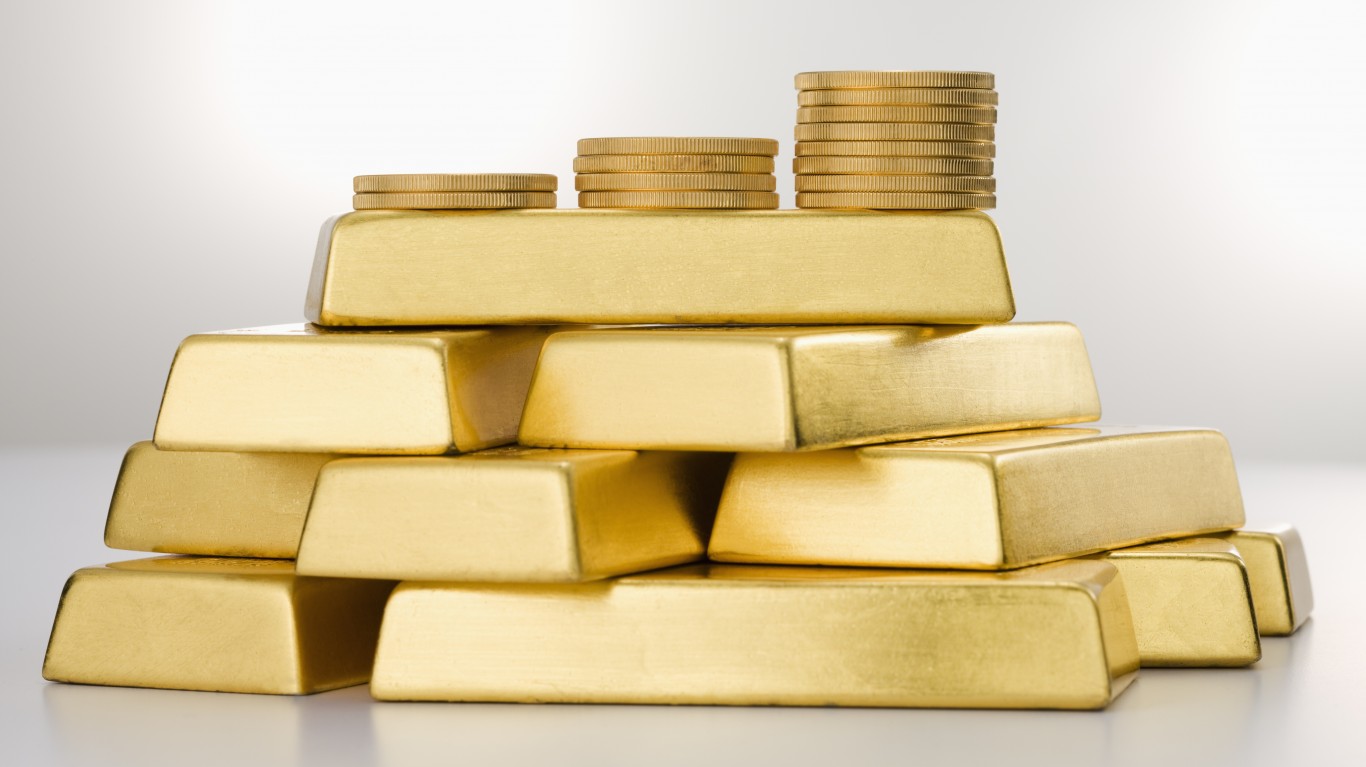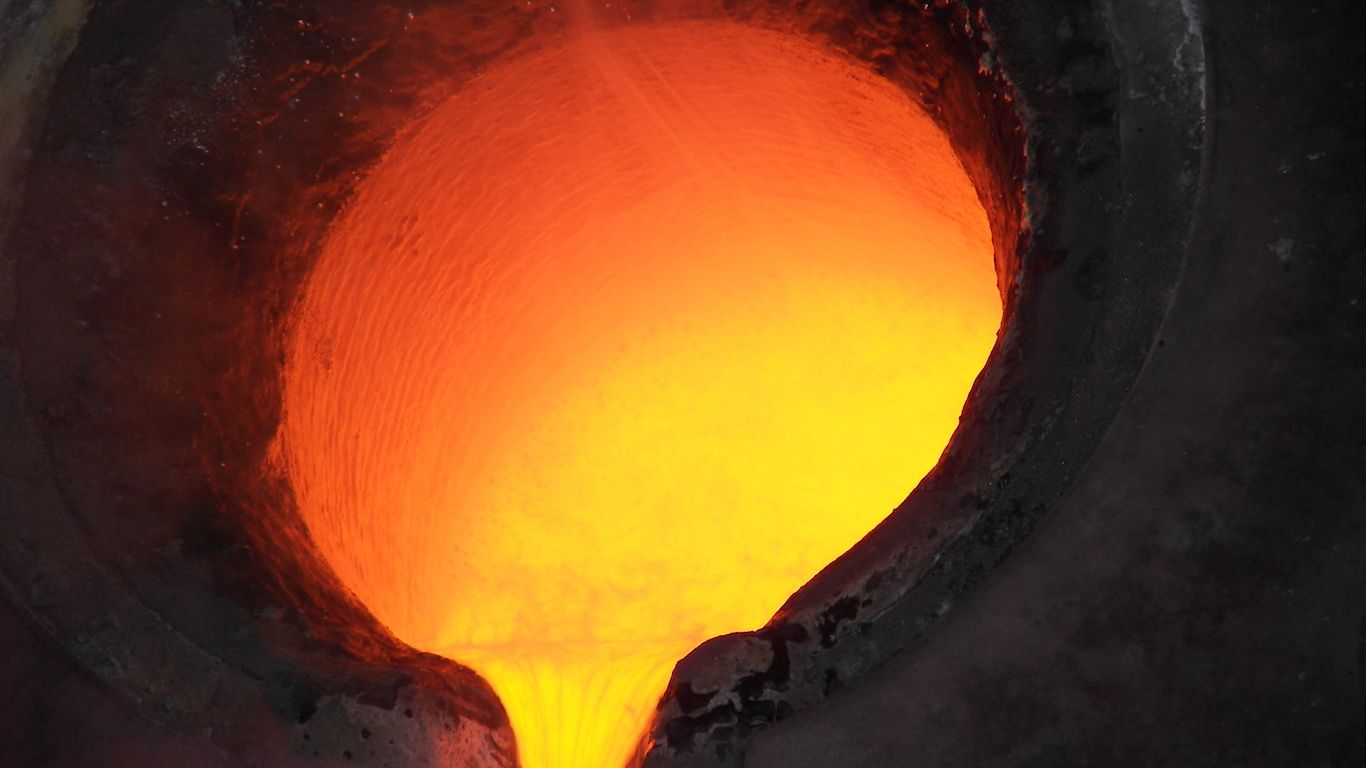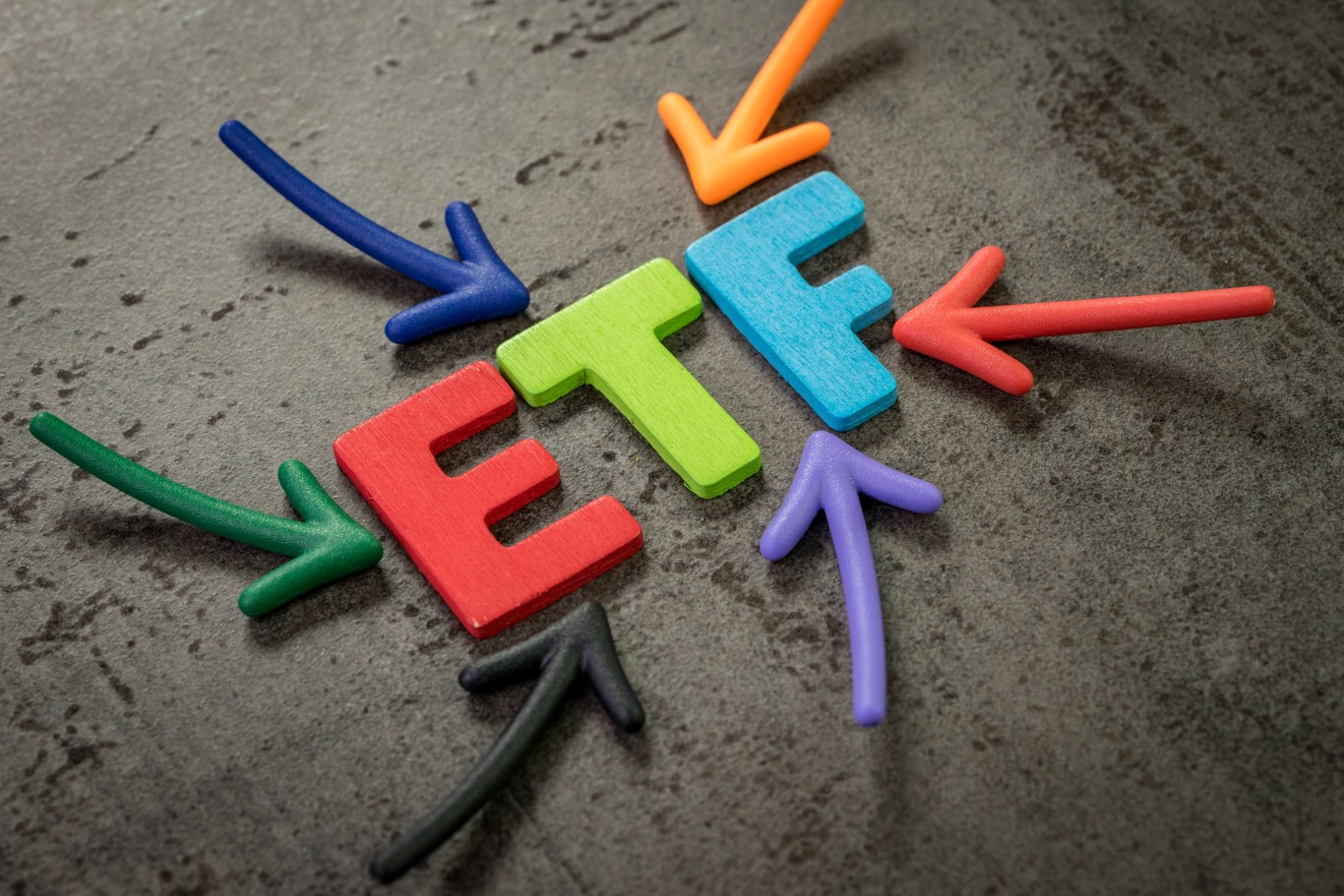Investing
Rich Dad, Poor Dad Author Warns Baby Boomers Market Crash Coming -- He May Be Right

Published:
Last Updated:

The “buy the dip” financial news teleprompter readers and the 35-year-old portfolio managers who have never seen a market crash are pounding the table that stocks are still going to the moon after two years of enormous gains for the major indices. Market veterans and “hey boomer” professionals have seen this show before. In 1987, the Dow Jones industrial average plunged a stunning 22% in one day. Today, an equivalent drop in the venerable index would be almost 9,650 points.
Rich Dad, Poor Dad author Robert Kiyosaki sees a market crash on the horizon.
Data indicates that baby boomers are the wealthiest generation ever.
With every asset class trading at nosebleed highs, caution is warranted.
Could your portfolio survive a market crash if you are a baby boomer? It may be time to sit down with an experienced financial advisor in your area. Click here to find one now. (sponsored)

The youngest baby boomers turned 60 this year, while the oldest are closing in on 80 in 2026. Kiyosaki suggests moving out of S&P 500 index funds and overpriced stocks as he sees the biggest crash in history coming. He is focused and concentrating on hard assets like gold and silver, which are a solid hedge against today’s sticky inflation, and, while it may seem like a leap of faith, buying some Bitcoin because, like gold, there is a finite amount, as Bitcoin volume is capped at 21 million by mathematical algorithms.

Kiyosaki suggests that baby boomers consider gold-mining stocks or exchange-traded funds that hold the precious metal. Here is an idea to consider.

This is the largest mining company, yielding a solid 2.50%, and is a timely buy for more conservative investors. Newmont Corp. (NYSE: NEM) is a gold-mining giant that produces gold.
It operates through the following geographical segments:
The North American segment consists primarily of:
The South American segment consists primarily of Yanacocha in Peru and Merian in Suriname.
The Australia segment consists mainly of Australia’s Boddington, Tanami, and Kalgoorlie.
The Africa segment consists primarily of Ahafo and Akyem in Ghana.

The SPDR Gold Shares ETF (NYSE: GLD) is one of the best pure plays on Gold for investors. The trust that sponsors the fund holds physical gold bullion and some cash. Each share represents one-tenth of an ounce of the price of gold. However, the fund does not pay a dividend.

Kiyosaki also suggests owning real estate to generate solid passive income streams. While buying real estate for short-term or long-term rentals can be expensive, quality REITs that pay sizable dividends make sense.

This stock has been on a solid run but is an outstanding way for investors looking to add another inflation-busting real estate position that pays a hefty 3.27% dividend. Essex Property Trust Inc. (NYSE: ESS), an S&P 500 company, is a fully integrated REIT that acquires, develops, redevelops, and manages multifamily residential properties in selected West Coast markets.
Essex currently owns interests in 252 apartment communities, comprising approximately 62,000 apartment homes.

Paying a solid 3.85% dividend is another solid way to participate in apartment rental passive income. Mid-American Apartment Communities Inc. (NYSE: MAA) is a REIT focused on delivering full-cycle and superior investment performance for shareholders through the ownership, management, acquisition, and development and redevelopment of quality apartment communities.
The company owns these complexes primarily in the Southeast, Southwest, and Mid-Atlantic regions of the United States.
As of June 30, 2024, Mid-America Apartment Communities owned 103,614 apartment units, including communities currently in development, in 16 states and the District of Columbia.
Four Ultra-High-Yield Stocks Will Pay a Landslide of Monthly Dividends
The average American spends $17,274 on debit cards a year, and it’s a HUGE mistake. First, debit cards don’t have the same fraud protections as credit cards. Once your money is gone, it’s gone. But more importantly you can actually get something back from this spending every time you swipe.
Issuers are handing out wild bonuses right now. With some you can earn up to 5% back on every purchase. That’s like getting a 5% discount on everything you buy!
Our top pick is kind of hard to imagine. Not only does it pay up to 5% back, it also includes a $200 cash back reward in the first six months, a 0% intro APR, and…. $0 annual fee. It’s quite literally free money for any one that uses a card regularly. Click here to learn more!
Flywheel Publishing has partnered with CardRatings to provide coverage of credit card products. Flywheel Publishing and CardRatings may receive a commission from card issuers.
Thank you for reading! Have some feedback for us?
Contact the 24/7 Wall St. editorial team.